The 1969 COPO Camaro wasn’t built to sell in bulk. It was built to break the rules. While GM capped engine size at 400 cubes for the Camaro, a few clever dealers figured out a loophole—and what came out of that backdoor deal was one of the nastiest factory muscle cars of the era. With a Corvette-sourced 427 and hardware straight off a drag strip wish list, the COPO Camaro didn’t just show up—it came to win. Here are 10 facts every fan should know about this factory-built street weapon.
It Was Built to Beat the System
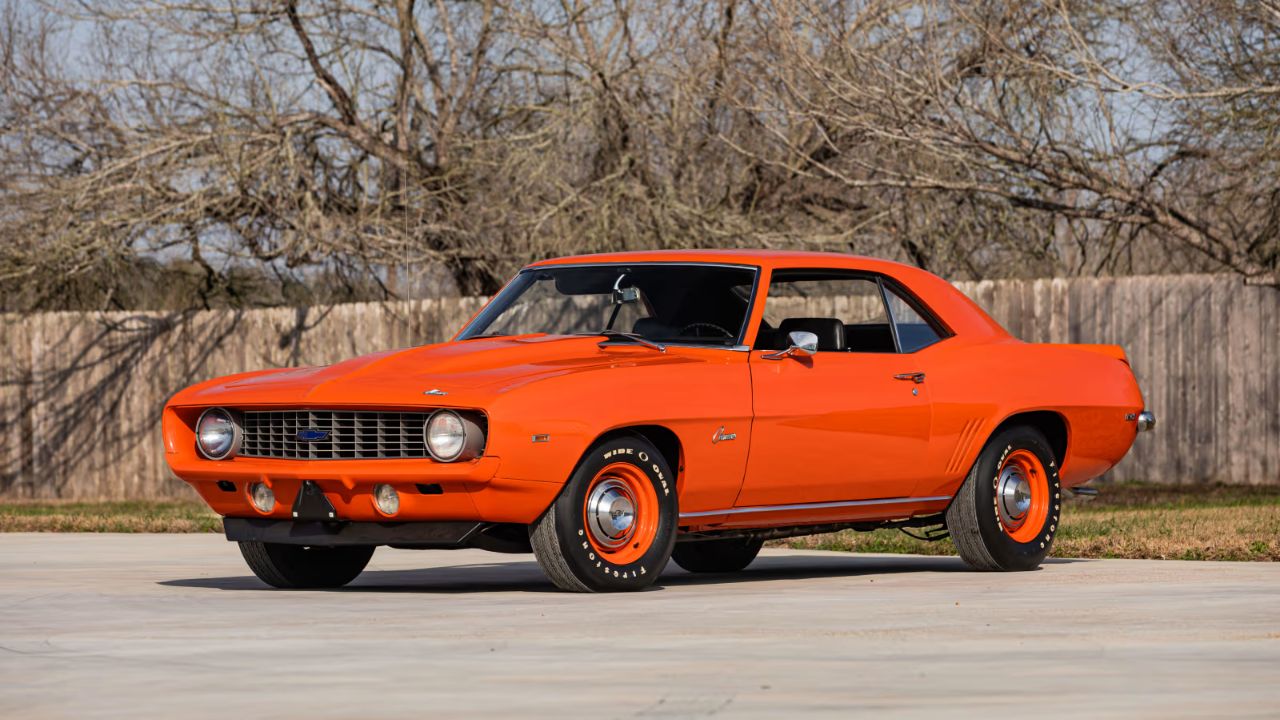
The COPO Camaro wasn’t supposed to exist. COPO stood for Central Office Production Order, a backdoor channel meant for fleet and special-use vehicles. But some dealers—like Don Yenko—used it to sneak high-performance engines past GM’s limits.
At the time, GM didn’t allow anything larger than 400 cubic inches in a Camaro. COPO changed that by letting dealers order 427 big-blocks straight from the factory. It was legal… technically. And it worked.
The 427 Engine Came From the Corvette
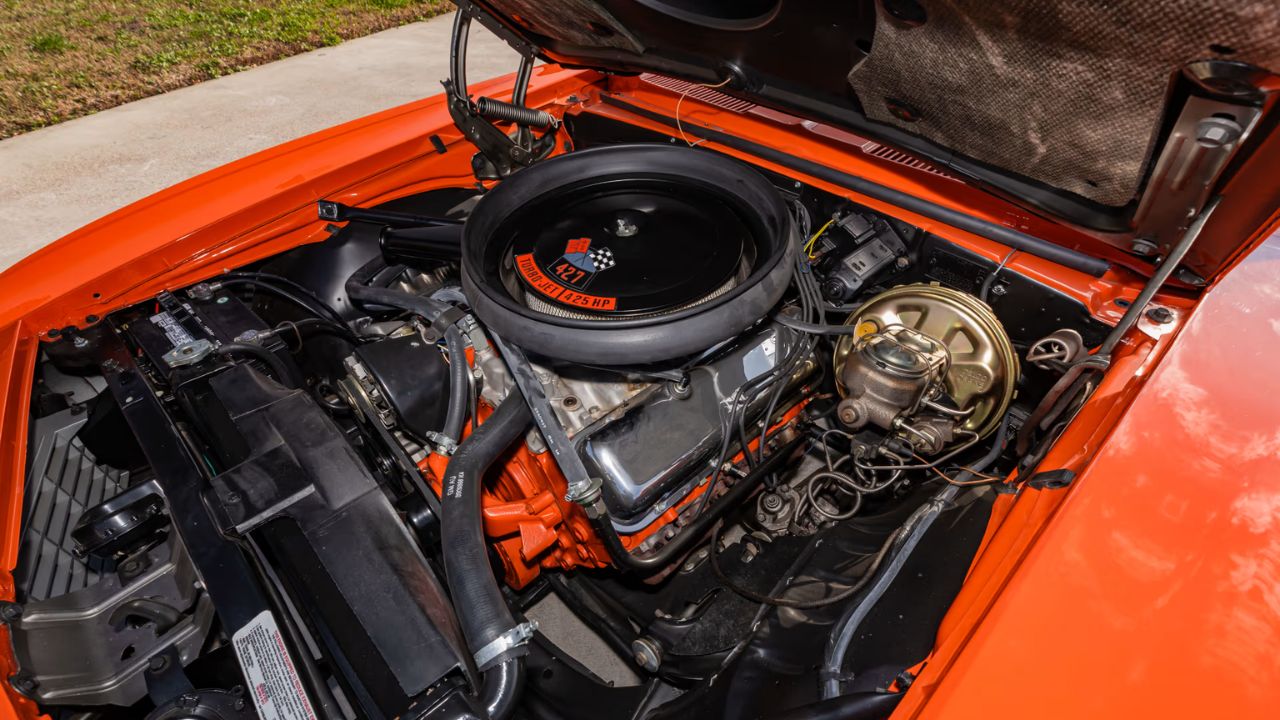
The heart of the COPO 9561 Camaro was the L72 427 cubic inch V8, borrowed from the Corvette. It cranked out 425 horsepower and 460 lb-ft of torque—serious numbers for a car this size.
This wasn’t a warmed-up small-block. It had a forged steel crank, high-lift solid cam, and big heads that let it breathe deep. On the street or the strip, this engine didn’t mess around. It was a Corvette powerplant hiding in a Camaro shell.
It Was Faster Than Chevy Let On
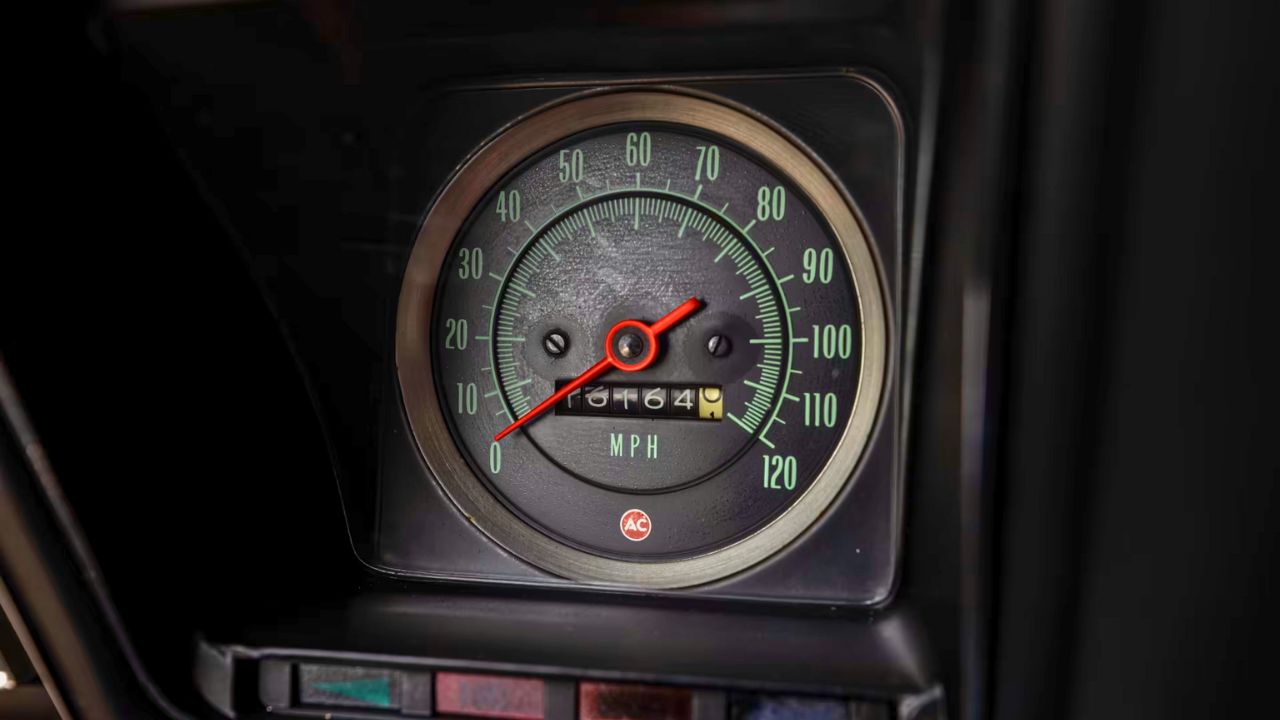
Chevy listed the COPO’s horsepower at 425, but anyone who drove one knew it was underrated. In real-world tests, the L72 COPO Camaros ran low 13s in the quarter-mile right out of the box.
With slicks and tuning, they dipped into the 12s. That kind of performance was knocking on the door of big-name muscle cars that cost way more. It wasn’t flashy—it was fast, and that’s what counted.
The COPO 9561 Wasn’t the Only Version
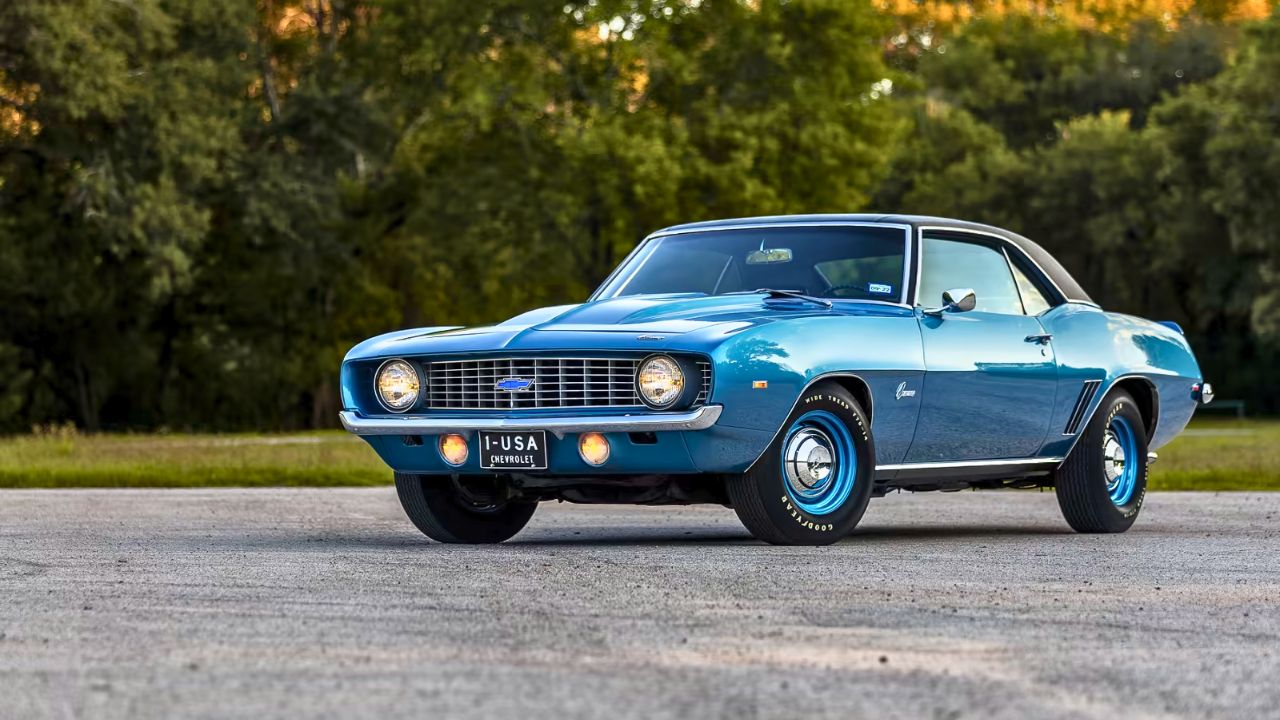
Most people think of the L72 when they hear COPO, but there was another variant: the COPO 9560. That one packed the all-aluminum ZL1 427 V8, making even more power and shaving serious weight.
Only 69 ZL1 Camaros were ever built, and they were intended for drag racing. They cost a fortune compared to the iron-block L72 cars, but they were built to dominate at the strip—and they did.
Don Yenko Helped Make It Happen
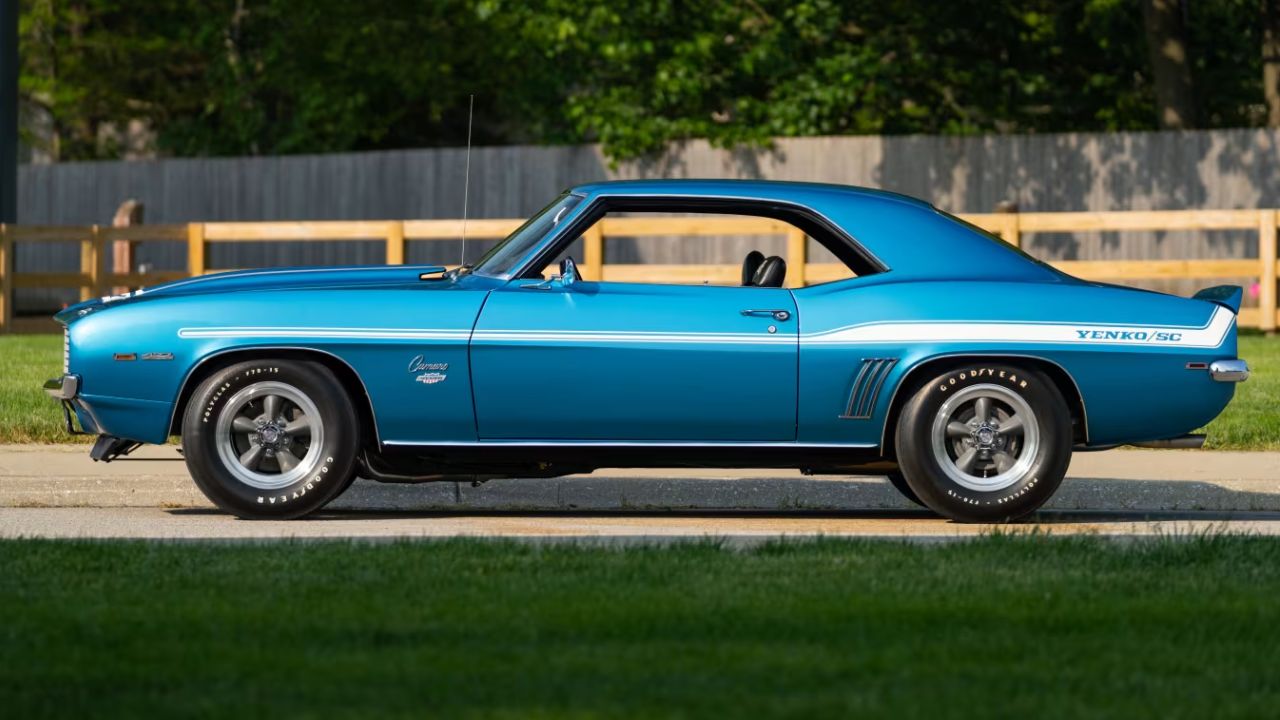
Don Yenko was already stuffing 427s into Camaros at his dealership, but it was a complicated and costly process. So, in 1969, he worked with Chevy to use the COPO system and have the cars built that way at the factory.
That move made things easier and helped customers get a factory-warrantied 427 Camaro without the extra hassle. His COPO Camaros came with special badging and tuned suspensions—and they were just as mean as anything he’d built in-house.
It Came with Serious Hardware
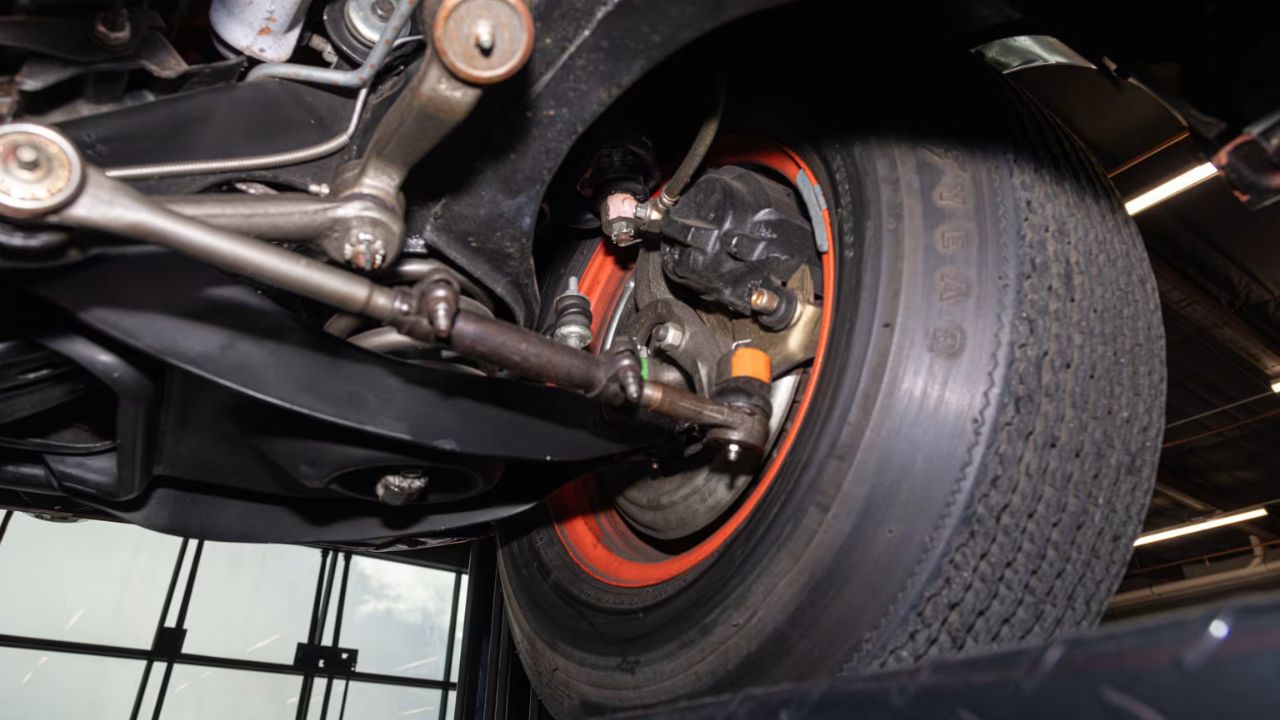
The COPO wasn’t just about engine swaps. It came with a heavy-duty 12-bolt rear axle, beefier suspension components, and a high-capacity radiator to keep things cool under pressure.
Buyers could option a 4-speed manual or a TH400 automatic, and most cars came with power front disc brakes. It was a drag strip-ready setup that held together when you dropped the hammer.
It Had a Sleeper Look
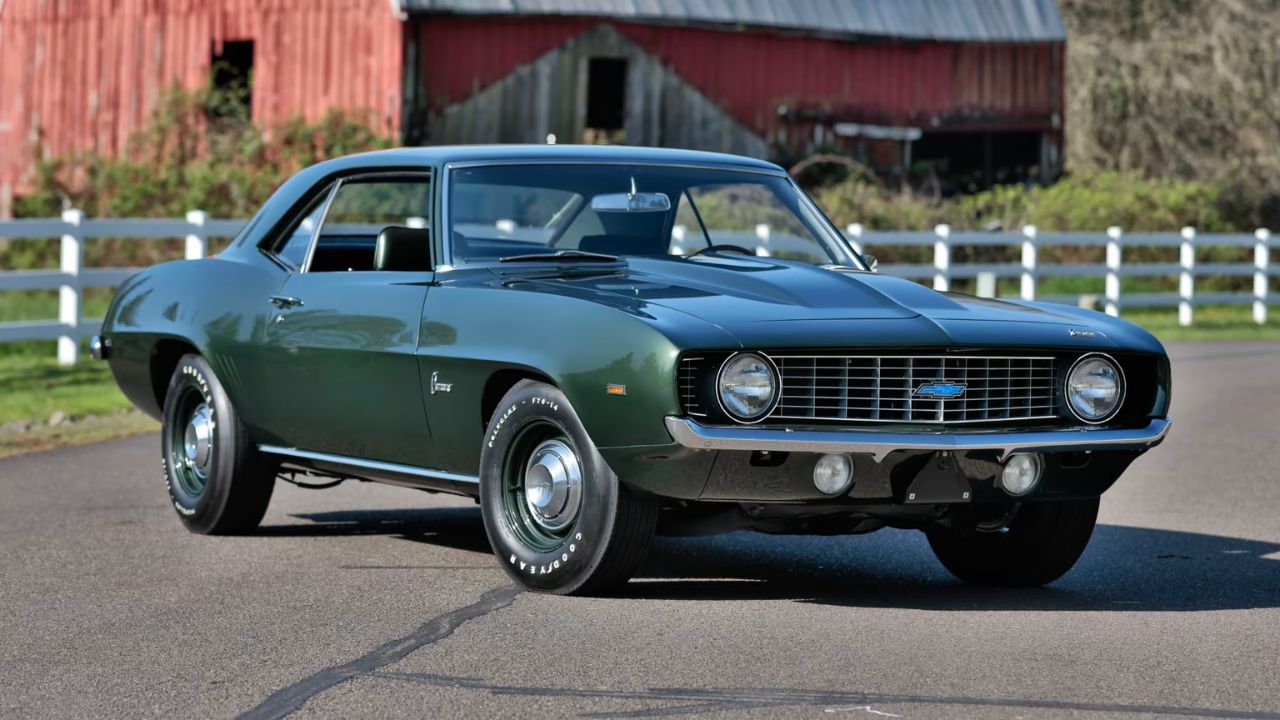
Despite all the power under the hood, most COPO Camaros flew under the radar. They didn’t have big stripes, scoops, or wild graphics. Many looked like regular SS or base models with steel wheels and dog dish hubcaps.
That low-profile appearance made them dangerous in the best way. To the untrained eye, it looked like any other Camaro—until it smoked the tires and disappeared down the block.
Production Numbers Were Low
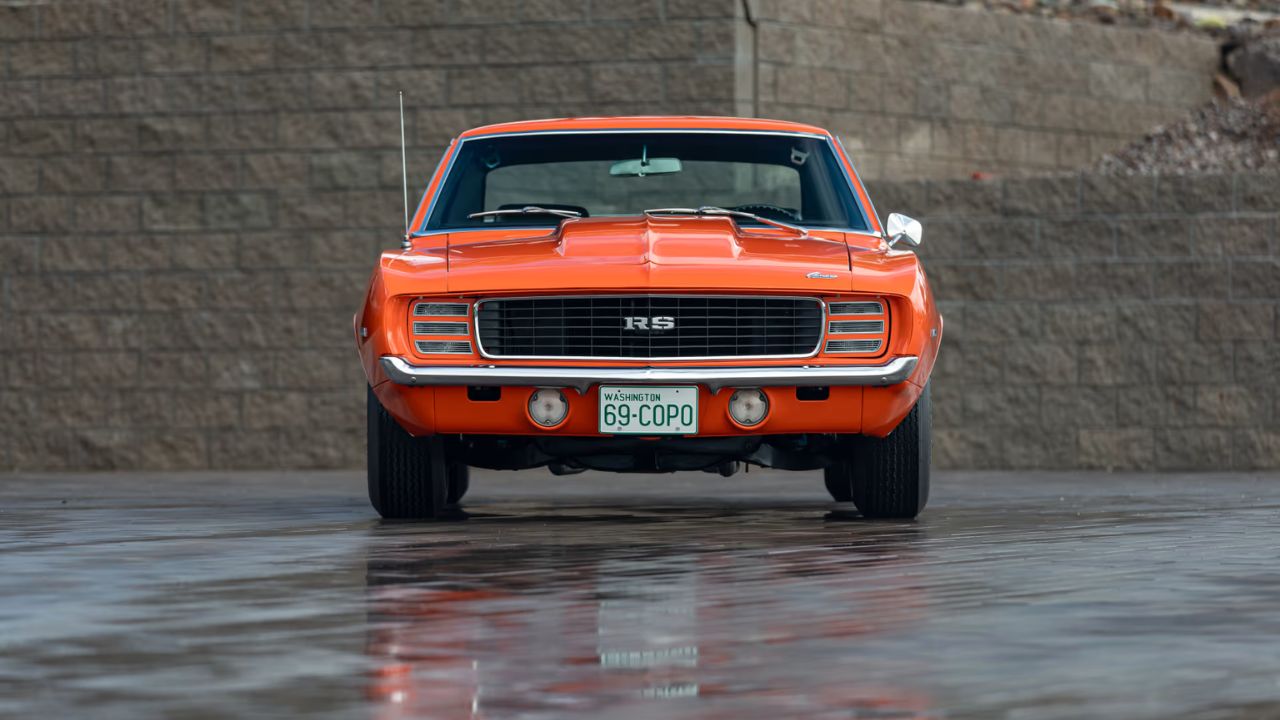
Only about 1,000 COPO 9561 Camaros were built in 1969, making them pretty rare even by muscle car standards. Add in the 69 ZL1 COPOs, and you’ve got a tiny slice of Camaro history that doesn’t come up often.
These cars weren’t built for mass appeal—they were for buyers who knew exactly what they wanted. That exclusivity is a big part of why they’re worth serious money today.
It Was All About the Quarter Mile
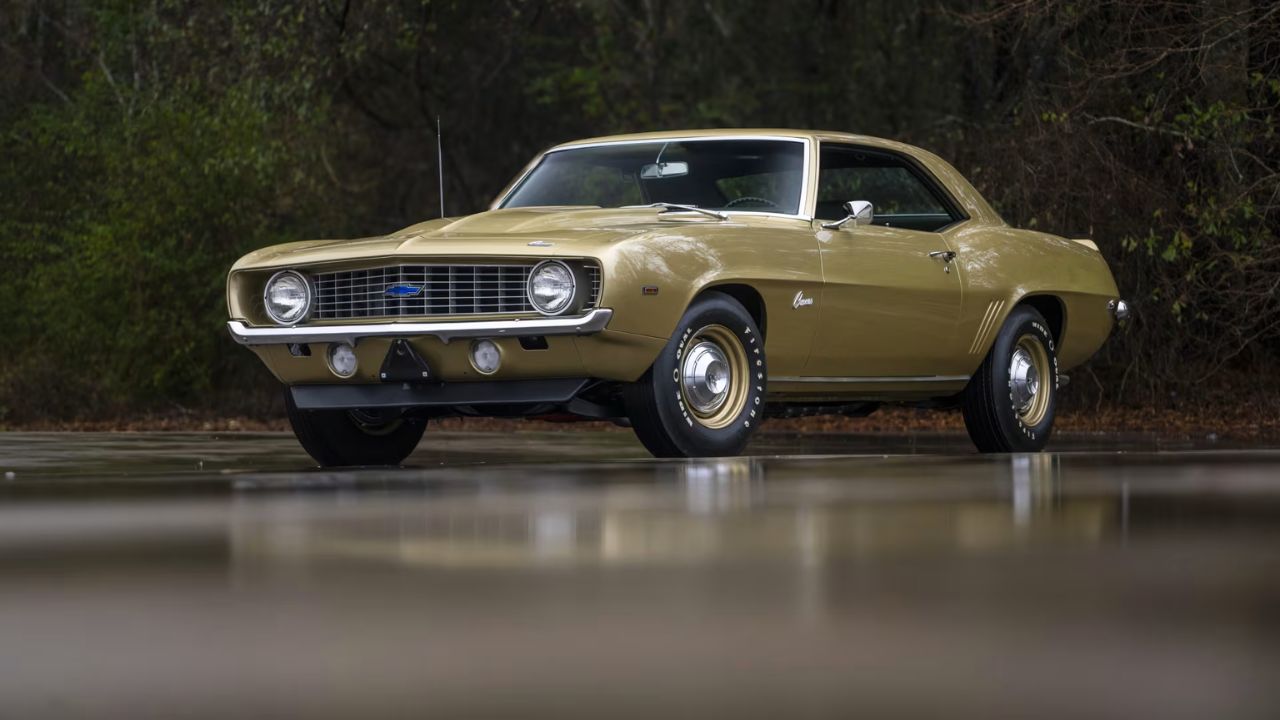
The COPO Camaro wasn’t designed for long road trips or Sunday cruises. It was built with one goal: get to the other end of the strip faster than the guy in the next lane.
With the right gearing and traction, it could take down Mopars, Mustangs, and just about anything else on the street. It didn’t pretend to be anything else. It just ran hard.
Today, It’s a Collector’s Dream
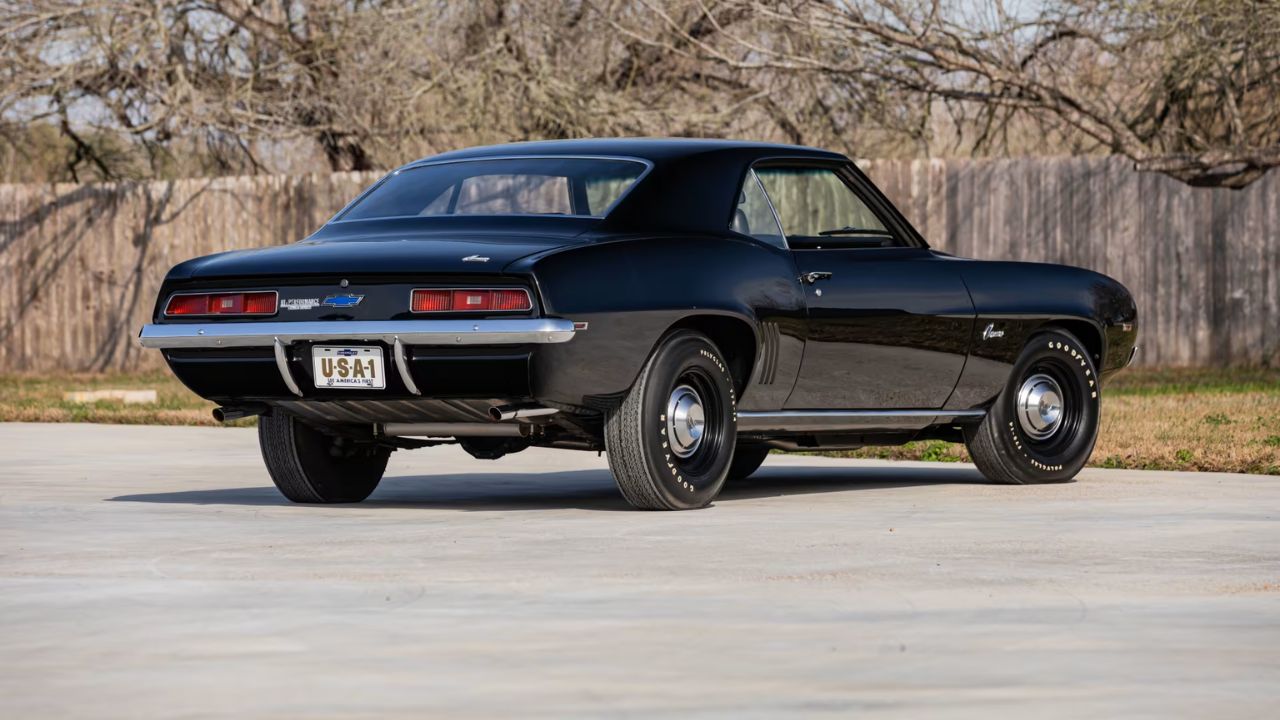
Because of the low production numbers and high performance, COPO Camaros are some of the most valuable first-gen Camaros out there. Original cars with matching numbers can fetch six figures easily.
And the ZL1s? Those are on a different level entirely. Whether you’re into restoring or racing, owning a real COPO means you’ve got a serious piece of muscle car history in your garage.
*This article was hand crafted with AI-powered tools and has been car-fully, I mean carefully, reviewed by our editors.

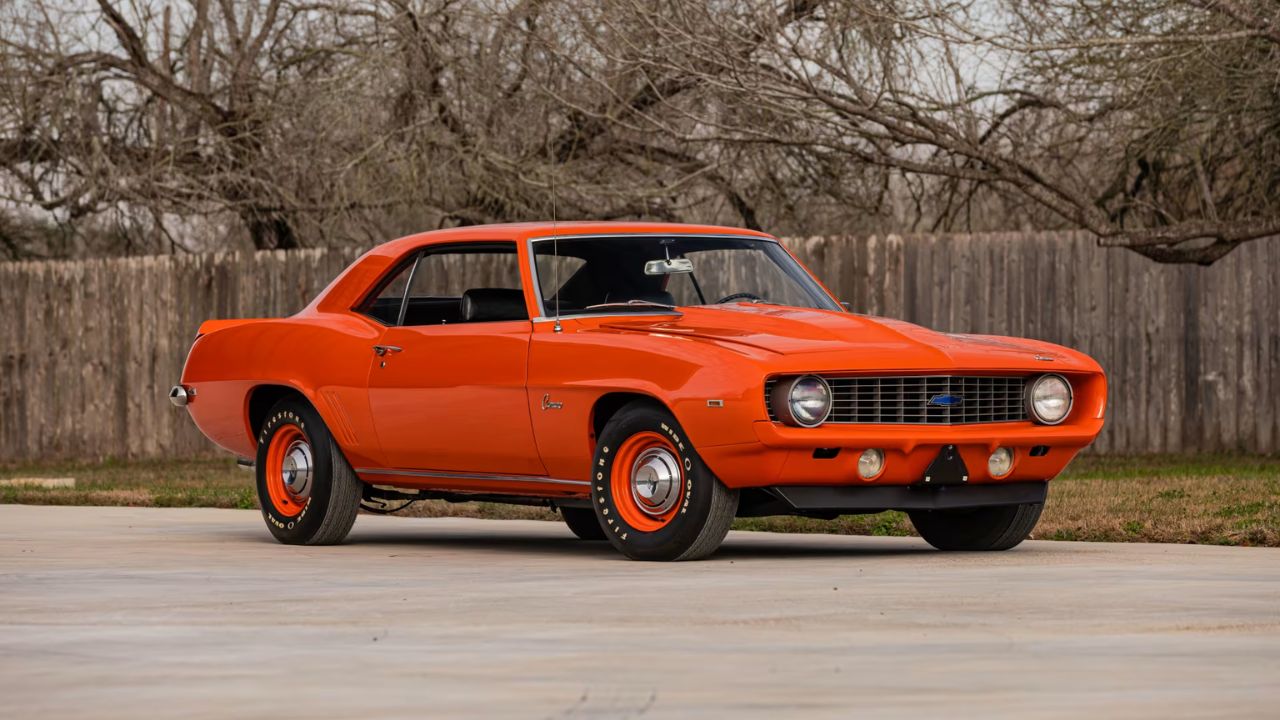
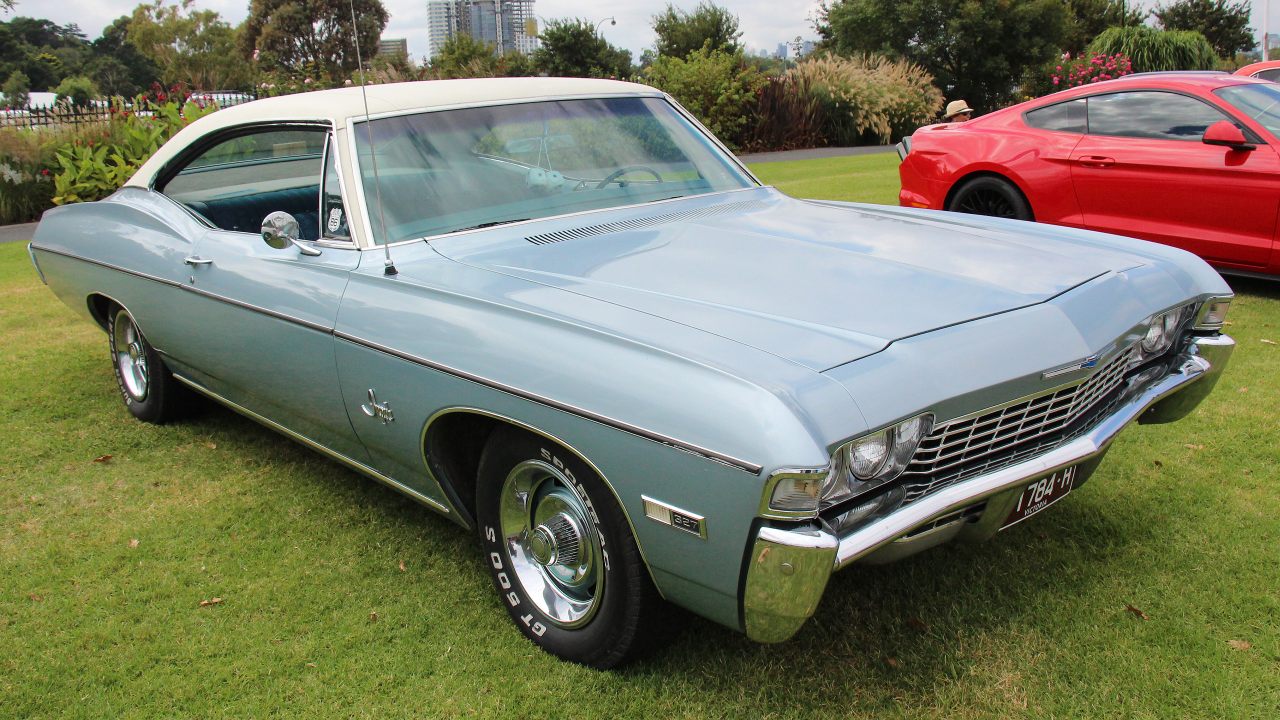
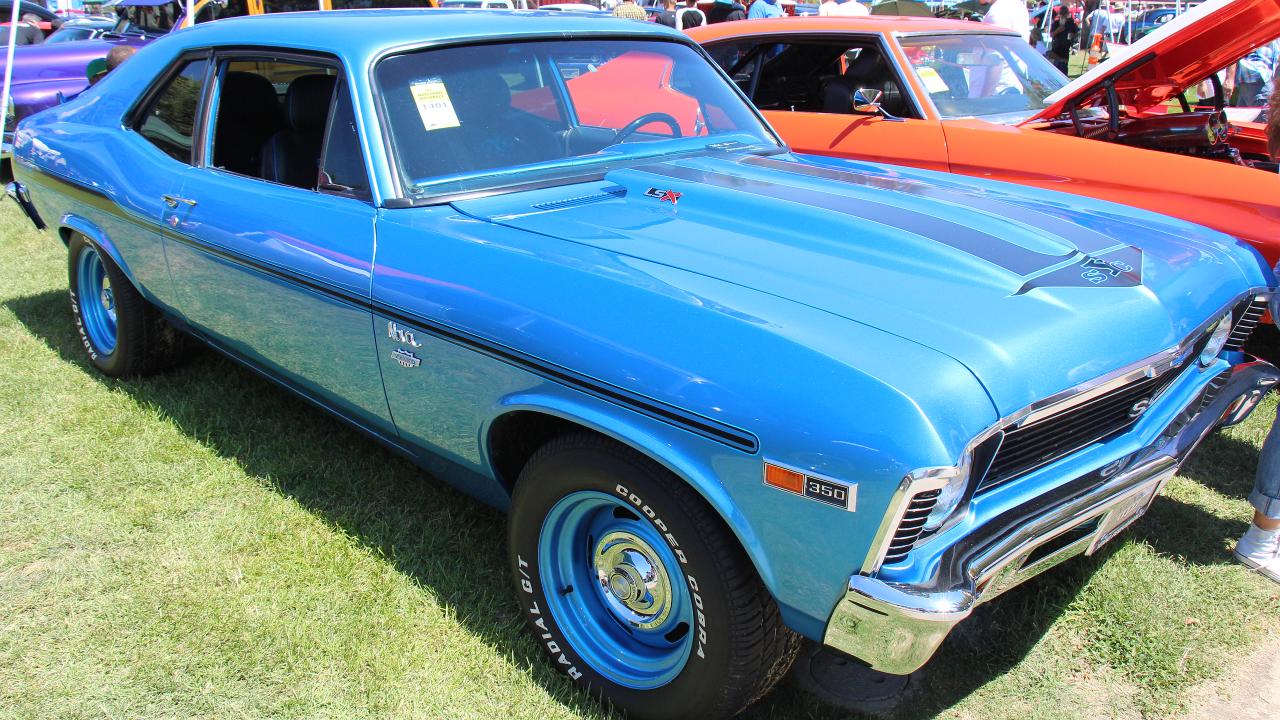
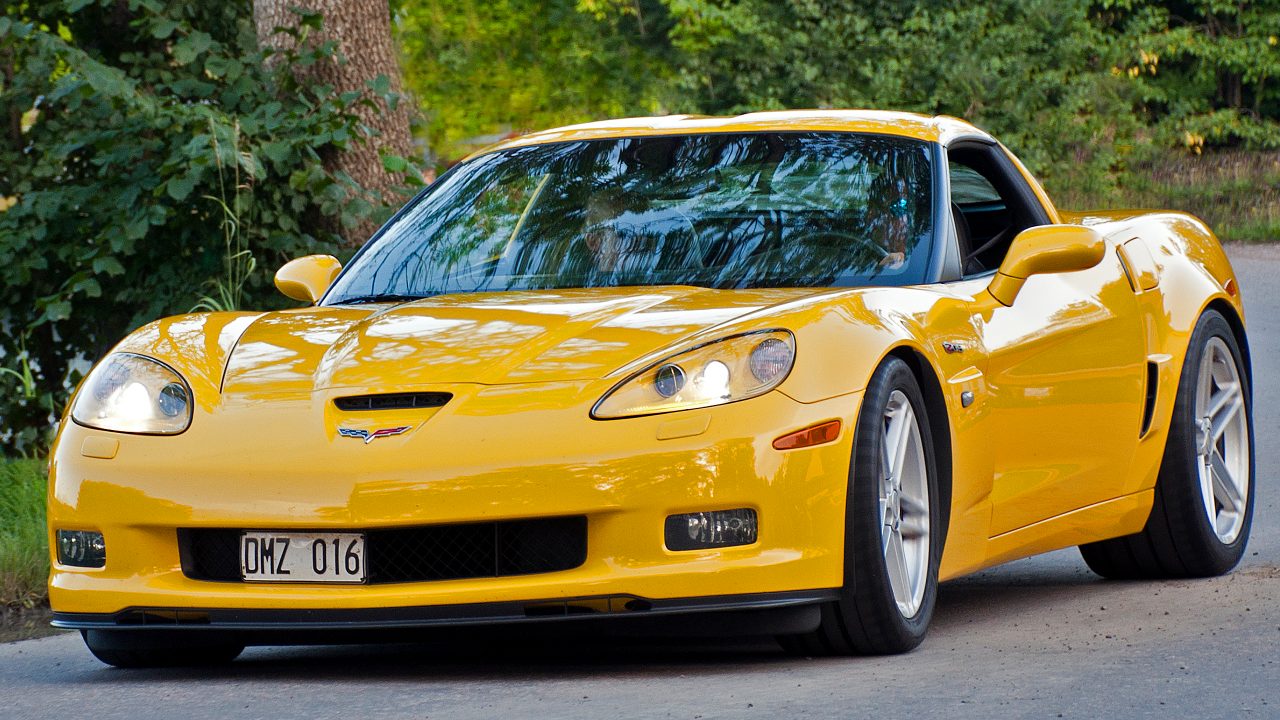
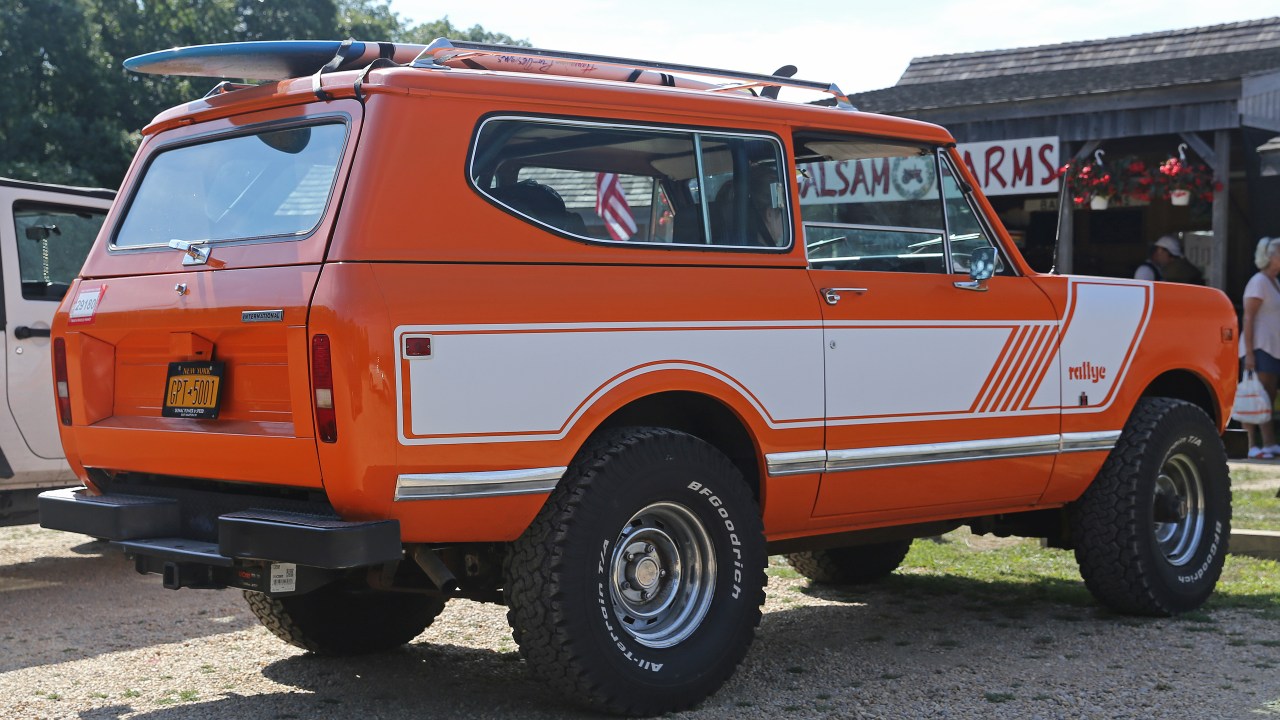
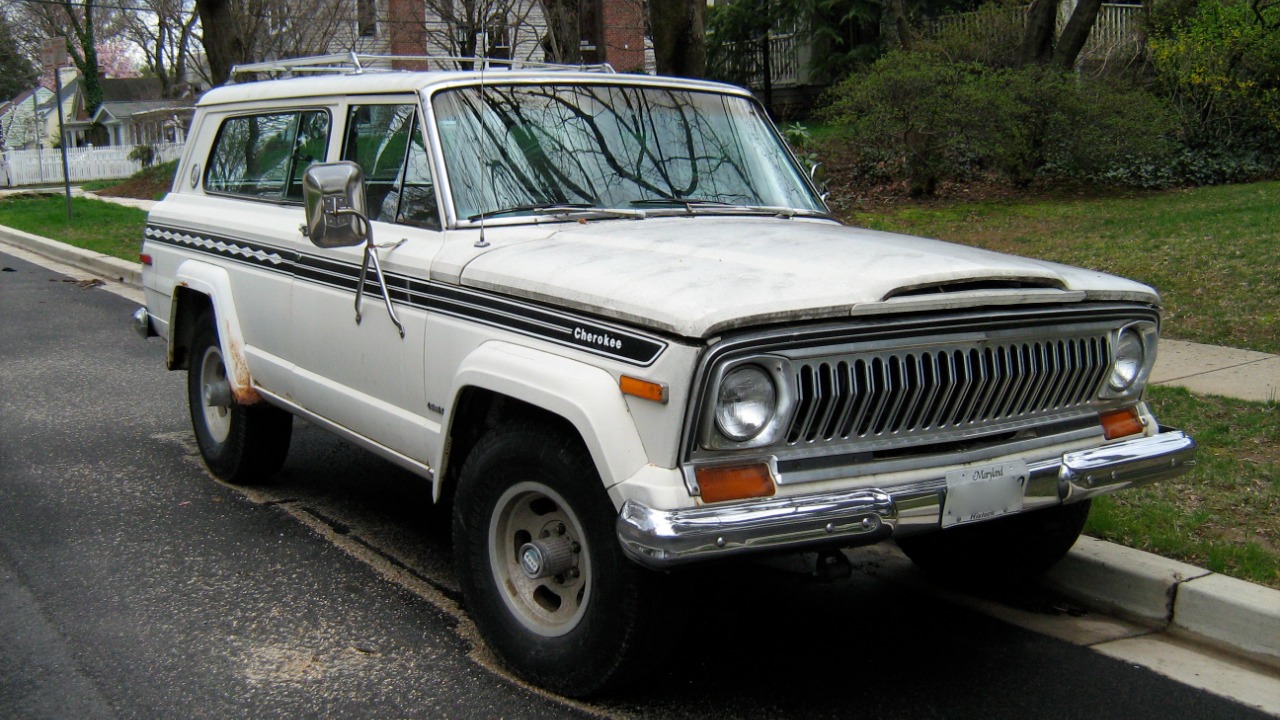
Leave a Reply